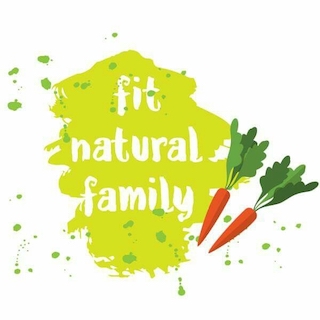I have been asked a number of times recently by friends how to start a vegetable garden in ones yard. I figured I would write down what works for us to share with all of you.
The first thing to consider is the size of vegetable garden you would like to have (I suggest starting small your first year, maybe 4’x8′) and then finding a sunny spot in your yard for the garden. Choose a spot that gets at least 6 hours of sunlight a day. Once you have the spot decided on, you will then need to decide if you would like to have a raised bed or will set up your garden at ground level. The up side to raised beds is they are slightly easier to maintain since the weeds will start on the top rather than coming up from the bottom and you won’t have as many weeds.
Raised Beds
Important things to remember when building a raised garden, you do not want to use pressure treated wood as all of the chemicals used to treat the wood will leach into the ground and into your vegetables. You will want to consider untreated woods such as cedar (this will last the longest, but is also your most expensive option), or pine. Sunset has easy to follow instructions to build your bed (we didn’t bother with the hardware cloth or pvc tubing, just built the frame). Once the frame is built you will be anchoring it in the ground with the 4×4 portion that sits above the frame.
We like to line the bottom of our raised beds with either shredded paper or sheets of packing paper. This will help prevent weeds coming up from the bottom. If you can afford to splurge you may want to consider landscaping cloth for the bottom of your bed. Once that is in place you are going to fill your box with triple mix. It will take roughly 1 yard of mix to fill.

Ground Garden
If you are putting your garden in at ground level, you will want to remove any grass from the area you have marked off. Once you have done this you will want to work the dirt in that area to loosen it. You can then add some triple mix and mix it in to help provide lots of good nutrients.
Planting
You will want to plant your rows going south to north to ensure that all of your rows will be getting the required sun.
I recommend at least 1 row of onions planted in your garden which will help keep rabbits away. This can help in preventing you needing to cage your garden in. If you are planting in the ground you may also want to consider a perimeter of marigolds to help keep animals out.
Cold weather vegetables such as broccoli, brussel sprouts, cabbage, cauliflower, lettuce, onions, potatoes and peas can be planted before the frost is completely out of the ground. These can go in anytime now and some may have added these to their gardens a couple weeks ago already. I like to plant my seeds directly in the garden (saves time and effort). If you are starting seeds inside you can start your cold weather crops mid-March in a sunny window. Now is the time to start your warmer weather crops inside if you are going that route.
Once the weather has warmed up, generally by the May long week-end you can then add your other vegetable seeds to the garden.
Easy To Grow
The following are plants that I have found to be fairly fool proof and low maintenance to grow:
– Lettuce (easy to grow until temperatures start to climb into the mid-high 20oC at which point they can start to bolt and will become bitter)
– Peas
– Beans
– Zucchini (you will only need a couple plants as each plant will produce a large number of vegetables)
– Onions (grown from bulbs, not seeds)
– Carrots (if not thinned they could be quite small)
– Rhubarb (this will grow absolutely anywhere, so don’t worry about planting it in your raised bed, find a spot elsewhere in you yard as it will grow quite large, quite quickly)
More Difficult to Grow
We have found the following to be more difficult to grow and may require more work.
– Watermelon
– Cucumbers (these can be hit or miss, they don’t seem to produce too many vegetables depending on where they are planted)
– Peppers (if planted too late in the season, your fall frost will arrive before they have had a chance to mature, this is one you most likely want to start indoors to get a head start on the season)
We have also had success with broccoli, cherry tomatoes, brandywine tomatoes, and various herbs.
Here is a great link to companion planting (what can be planted next to what) Gold Harvest Organics.
The easiest way to maintain your garden is to check it daily for weeds. This will ensure you don’t need to spend hours weeding at a later date, and instead only need a few spare minutes a day.
For watering, if you use rain barrels in your yard for your gardens, it is best to avoid this water for your vegetable gardens as these can be contaminated with chemicals and sediment from your roof shingles.
In following years, you will want to consider adding a layer of compost to your garden in the spring before planting. Once the ground can be worked if you work in about a 1″-2″ thick layer. Check your local waste management as many have a free compost day around Earth Day when you can pick up compost for your gardens for free.
What vegetables have you had success with?



BabyBloomers
Thank you for the information. I really wish I had a home…so that we can do this, but we live in an apartment. We have a couple of flowers hanging from our patio as well as some herbs,pepper,melon, and tomato. I hope our plants do well. God bless you.
Judith Moyers
Katy Emanuel
I am curious to know how your melons do on your patio and how you grow them. I have not had much luck with melon in our garden.